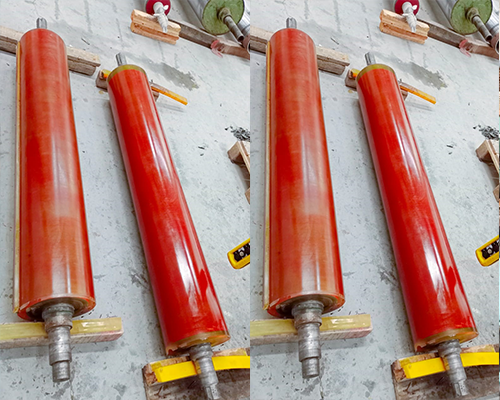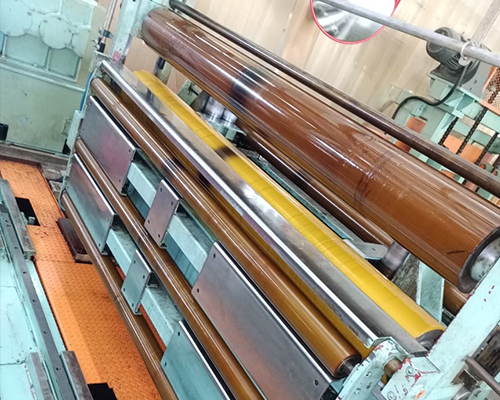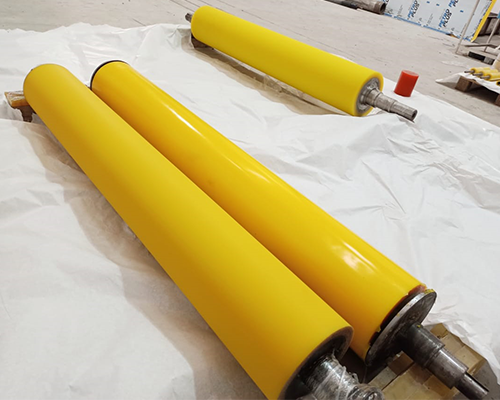

Urethane in the roller and industry is most often a liquid that is cast in molds to produce parts or roller covers. We do not use millable urethanes because their physical properties are not near what cast urethane can accomplish or what properties engineers are specifying when “urethane” is requested. In general, millable urethanes are used by covering companies that do not have the capability to supply true liquid cast urethane.
Cast urethanes are compounded using one of two base urethane materials, ester urethane or ether urethane. Esters and ethers can be further broken down into two subcategories, TDI Polyether, TDI Polyester, MDI Polyether, MDI Polyester, PTMEG, PPG.
Depending on what physical properties are required, other curatives can be used to offer peak performance of the final urethane component. The formulation can be manipulated to achieve the true physical properties required by the engineer for the desired part or roller. For example, other additives can be combined with the cast urethane formulations to enhance desirable characteristics such as improved or reduced coefficient of friction. A wide range of durometer can be accomplished from 20 Shore A to 70 Shore D as well as different tensile strengths, oil resistance, or compression sets depending upon the urethane formulation.
Benefits of polyurethane include: improved abrasion resistance, cut resistance, higher bond strength, and non-marking materials among many others.
Limitations of polyurethane include: early failure in high-temperature service, moist hot environments, and when exposed to certain chemicals.
For polyurethane molded part applications, formulations can be made that will provide several advantages versus metal machined parts. These advantages include low cost repeatability, lighter weight, and often longer wear than metal.




